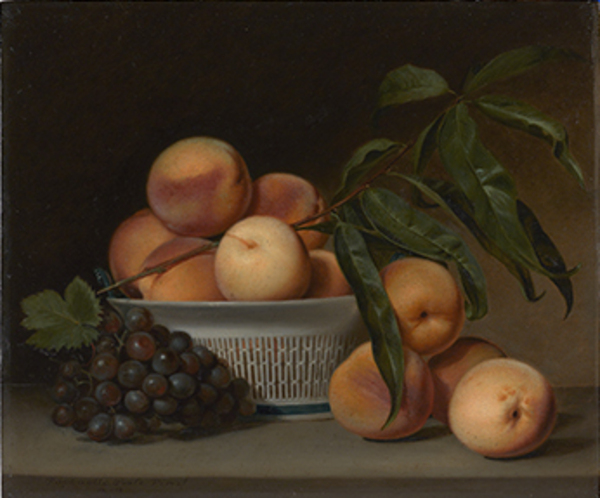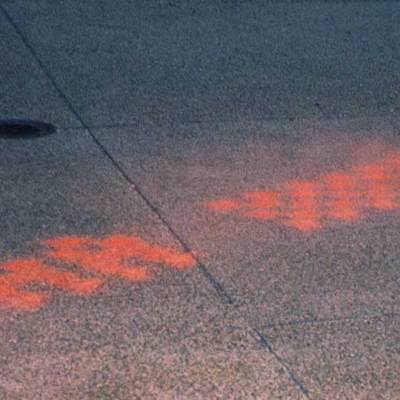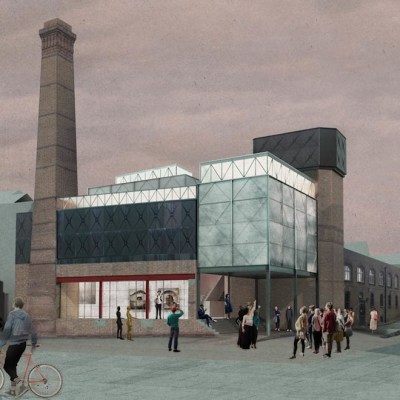Deaccessioning has been back in the news this summer, and after a string of high-profile and much debated sales you’d be forgiven for assuming that museums these days are more likely to offload their collections than add to them. But plenty of significant acquisitions continue to be made by the world’s cultural institutions. In the first of a series of monthly roundups, we feature some of the most important objects to have entered museum collections in July.
Metropolitan Museum of Art, New York
Porphyry vessel with bearded masks; and 44 glass works by Carlo Scarpa
Porphyry was highly sought after in imperial Rome for its distinctive ‘royal’ colour. This is one of the finest surviving porphyry vessels from the period, its detail and polish intact.
The museum’s Modern and Contemporary department also had reason to celebrate when David Landau and Marie-Rose Kahane donated 44 glass items by the Italian architect Carlo Scarpa. The works featured prominently in the recent exhibition ‘Venetian Glass by Carlo Scarpa: The Venini Company, 1932–1947’.
Watts Gallery, Compton, UK
Self-Portrait in a Red Robe (1853), George Frederic Watts
Watts visited Venice in 1853, and this unusual self-portrait (the only known three-quarter length one in his oeuvre) depicts the artist in the red gown of a Venetian lawyer. The gallery acquired the work from Christie’s, and it will eventually take up position in the artist’s Great Studio.
Musée des Beaux-Arts, Caen
Self-Portrait with Pierre de la Roche (1704), Robert Le Vrac Tournières
Self-Portrait with Pierre de la Roche, by Robert Levrac-Tournières

Not everything that’s deaccessioned disappears into private hands. When the Metropolitan Museum sold Robert Le Vrac Tournières’ (1667–1752) Self-Portrait with Pierre de la Roche at Christie’s in January it was acquired by Caen’s Musée des Beaux-Arts. It is now on display along with another recent acquisition, Noël Coypel’s (1628–1707) Hercules fighting Achelous.
Cantor Center for Visual Arts, Stanford University
Richard Diebenkorn’s sketchbooks; a collection of 26 works by Jacob Lawrence; and Andy Warhol’s archive of contact sheets and negatives
Not content with one or even a few new acquisitions, the Cantor Center for Visual Arts recently added thousands of works to its collection, accepting three major gifts of modern and contemporary American art.
Over 1,200 drawings are harboured in Stanford alumnus Richard Diebenkorn’s ‘portable studio’ of sketchbooks, donated by his wife Phyllis; a gift from the Gabrielle Reem and Herbert Kayden Collection will form the basis for a major touring exhibition of Jacob Lawrence’s work in 2015; and the decision of the Andy Warhol Foundation for the Visual Arts to entrust over 3,600 of the artist’s contact sheets and negatives to the museum cements its reputation as one of the leading centres for the study of photography.
Amon Carter Museum, Fort Worth
Peaches and Grapes in a Chinese Export Basket (1813), Raphaelle Peale
This measured painting by Raphaelle Peale, ‘the first American still-life artist’, was acquired in memory of the museum’s founder, Ruth Carter Stevenson. It is one of the artist’s earliest signed and dated paintings, which often featured produce from his father’s estate in Philadelphia.
Peaches and Grapes in a Chinese Export Basket (1813), Raphaelle Peale (Amon Carter Museum of American Art)

Meadows Museum, Dallas
Three works by Spanish artists Raimundo de Madrazo y Garreta, Miquel Barceló and Juan Muñoz
The Meadows Museum has nearly doubled in size over the last few decades thanks to an ambitious acquisition programme. Raimundo de Madrazo y Garreta’s Portrait of a Lady (1890–91) joins two more works by the celebrated portraitist in the collection, while the addition of Sopa d’Europa (Soup of Europe) (1985), by Miquel Barceló and Seated Figure Looking Backwards (1996), by Juan Muñoz strengthens and adds variety to the museum’s contemporary holdings.
The Pinakothek der Moderne Museum, Munich
Femme au Violon (1911), Pablo Picasso
The iconic cubist painting has gone on permanent loan to the Pinakothek der Moderne Museum, who praised its ‘elegant, vibrant, grey-brown color and radical resolution as well as its geometric composition of figure and instrument’ in a statement.







